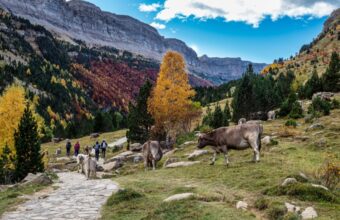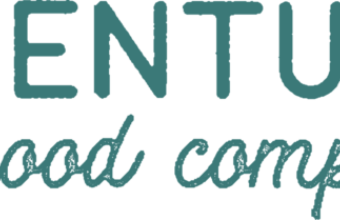The best walking holidays in Spain
The best hiking destinations and routes in Spain
Walking holidays in Spain are dominated by the hugely popular and, in all honesty, often overly-busy Camino de Santiago (commonly just the Camino, or Way of St James in English).
This world-famous pilgrimage route that, since the eighth century, has led devotees of St James to his namesake city, Santiago de Compostela in Galicia, today draws hikers in their hundreds of thousands.
Whether or not it’s for you depends on your tolerance for crowds. If you prefer a quieter experience, I highly recommend you don’t write Spain off entirely – there’s more spectacular (and much quieter) walking to be found elsewhere.
Some of my favourites include the gleaming, jagged summits of the Picos de Europa in the north, the almond-blossom-strewn Sierra Nevada in Andalucia, on sun-soaked Mallorca and Menorca, through the canyons of Catalonia – in short, whether you like your walking cooled by mountain winds or sea breezes, there’s a trail to suit.
The best walking holidays in Spain
Our experts' top picks
-
Santiago de Compostela
View trips -
Spain
View trips -
Spanish Pyrenees
-
Spain
View trips

Cares Gorge in the Picos de Europa
Planning a Spain walking holiday
Everything you wish you'd known before you booked
Highlights
The half-day hike through the vertiginous Cares Gorge in the Picos de Europa must rank as the one of the continent’s finest short walks: spy semi-wild goats, sky-piercing crags, and griffon and bearded vultures soaring above. It's very popular, but worth sharing the trail. The Caldera de Taburiente hike on La Palma – northwesternmost of the Canaries, and reputedly the world’s steepest island – is the pick of the routes on this volcanic speck, laced with hundreds of kilometres of trails.
Need to know
Accommodation in hotels and hostals, food and transport are generally good value in Spain; on pilgrimage routes such as the Camino de Santiago, you can bed down in albergues (simple pilgrim hostels) for a few euros, though you’ll generally need a credencial (‘pilgrim passport’) to qualify. Northern Spain, particularly Galicia, is often wet; the south, notably Andalucia and the islands, tends to be drier, but too hot for hiking in high summer.
Top walking holidays
The Camino is actually not one path but many; best known is the Camino Frances, stretching nearly 800km west from Saint-Jean-Pied-de-Port across northern Spain to Santiago – long, busy, but not especially tough. Several other caminos reach the city from various points in France, Spain and Portugal, each with its own appeal. The Alpujarras, the foothills of the Sierra Nevada south of Granada, are studded with alluring villages and reminders of the Moorish era; the GR7 trail, Spain’s first marked long-distance path, traverses this region. The GR11 trail along the Pyrenees is covered in that earlier section, above.


















